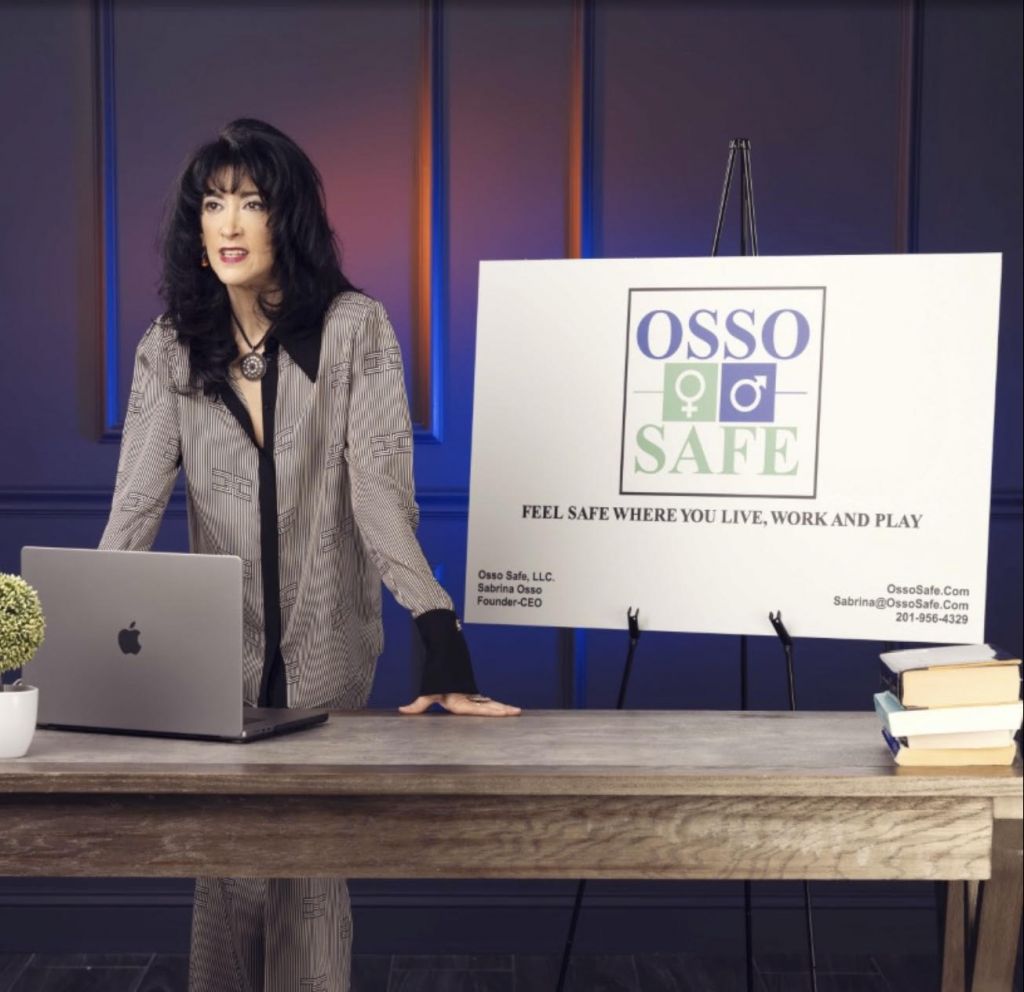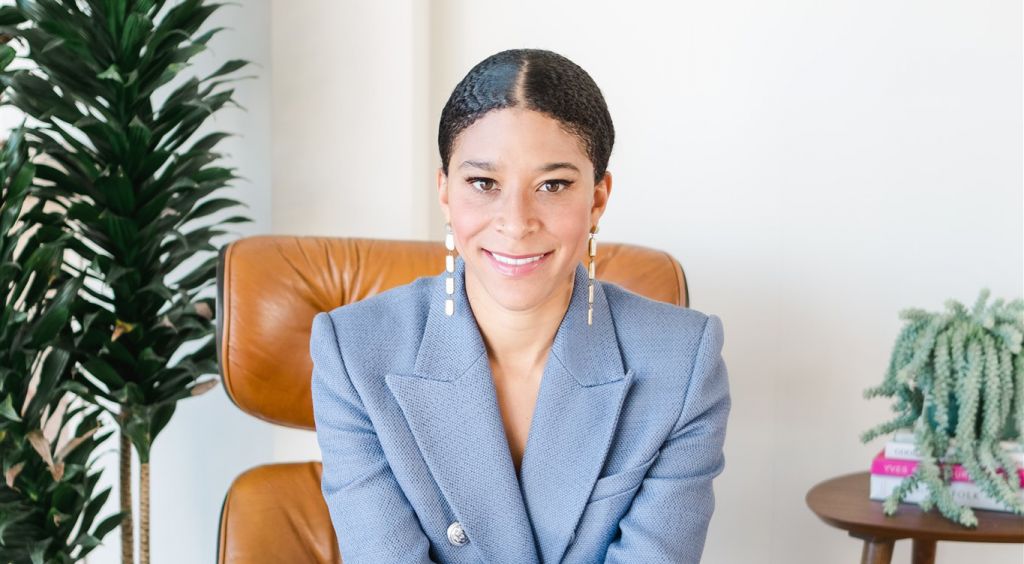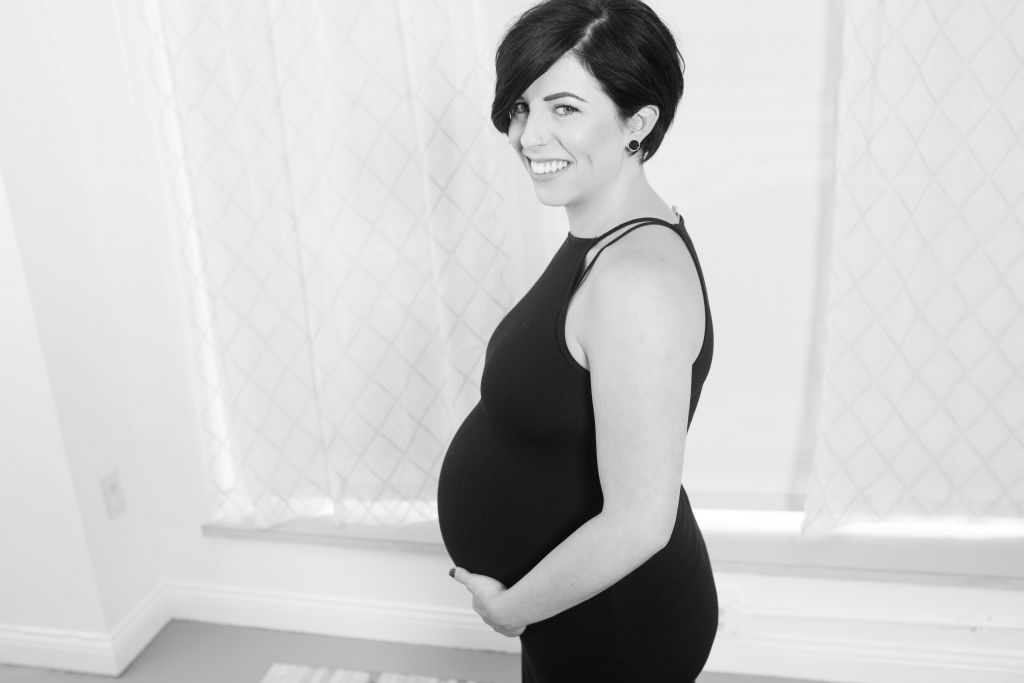Pregnancy After Loss: Podcast Episode #148

Gold Coast client Deb Kalsbeek shares her story of pregnancy after loss with Kristin. Deb also gives tips on how to best support grieving families. You can listen to this complete podcast episode on iTunes, SoundCloud, or wherever you find your podcasts. Welcome. You’re listening to Ask the Doulas, a podcast where we talk to […]
Emergency: This Book Will Save Your Child’s Life – Podcast Episode #147

Kristin chats with Mark about how he came to write his book Emergency and why it’s important for expecting moms and dads to start thinking about safety issues about 8 weeks before birth! You can listen to this complete podcast episode on iTunes, SoundCloud, or wherever you find your podcasts. Welcome. You’re listening to Ask […]
Happy with Baby: Podcast Episode #146

Kristin & Catherine, author of Happy with Baby, discuss the challenges of moving from partner to parent and how that can throw you for a loop. You can listen to this complete podcast episode on iTunes, SoundCloud, or wherever you find your podcasts. Welcome. You’re listening to Ask the Doulas, a podcast where we talk […]
Dancing with Fear: Podcast Episode #145

Kristin and Deb discuss how to prepare for birth when working through fear. Deb is the director of the Prenatal Yoga Center. You can listen to this complete podcast episode on iTunes, SoundCloud, or wherever you find your podcasts. Welcome. You’re listening to Ask the Doulas, a podcast where we talk to experts from all […]
Sabrina, Founder of Osso Safe – Podcast Episode #144

Kristin chats with Sabrina of Osso Safe about preventing violence in a relationship and how OSSO safe can protect families. You can listen to this complete podcast episode on iTunes, SoundCloud, or wherever you find your podcasts. Welcome. You’re listening to Ask the Doulas, a podcast where we talk to experts from all over the […]
Amber’s Postnatal Story: Podcast Episode #143

Kristin chats with Gold Coast client Amber Shaw about her postnatal recovery. She shares the challenges she faced and discusses how she advocated for her needs. You can listen to this complete podcast episode on iTunes or SoundCloud. You can also check out Amber’s birth story and her experience with the Becoming course. Welcome. […]
The Importance of Registering for Services: Podcast Episode #142

Kristin and Kaitlin McGreyes of Be Her Village discuss the importance of registering for services vs. things and her groundbreaking new gift registry platform. You can listen to this complete podcast episode on iTunes, SoundCloud, or wherever you find your podcasts. Welcome. You’re listening to Ask the Doulas, a podcast where we talk to experts […]
Talking Formula Shortages with Kelly, IBCLC: Podcast Episode #141

Kristin and Kelly discuss the formula shortage and share resources to help families during this stressful time. You can listen to this complete podcast episode on iTunes, SoundCloud, or wherever you get your podcasts. Welcome. You’re listening to Ask the Doulas, a podcast where we talk to experts from all over the country about topics […]
Benefits of Baby Massage: Podcast Episode #140

Kristin chats with Helen Thompson about the benefits of baby massage and the bonding that it provides for parents and the newborn. You can listen to this complete podcast episode on iTunes, SoundCloud, or wherever you find your podcasts. Welcome. You’re listening to Ask the Doulas, a podcast where we talk to experts from all […]
Amanda Tice and The New Mom Code – podcast episode #139

Amanda Tice, model and author, talks about becoming a new mom. You can listen to this complete podcast episode on iTunes, SoundCloud, or wherever you get your podcasts. Welcome. You’re listening to Ask the Doulas, a podcast where we talk to experts from all over the country about topics related to pregnancy, birth, postpartum, and […]
Juliet’s Personal Preeclampsia Story: Podcast Episode #138

Juliet Meyer shares her personal preeclampsia story with Kristin that led to her work with the Preeclampsia Foundation. You can listen to this complete podcast episode on iTunes, SoundCloud, or wherever you get your podcasts. Welcome. You’re listening to Ask the Doulas, a podcast where we talk to experts from all over the country about […]
Elizabeth King, Fertility Coach: Podcast Episode #137

Elizabeth King, Fertility Coach, shares helpful tips and resources for those who are struggling with conception and loss. You can listen to this complete podcast on iTunes, SoundCloud, or wherever you get your podcasts. Welcome. You’re listening to Ask the Doulas, a podcast where we talk to experts from all over the country about topics […]
Amber’s VBAC Story: Podcast Episode #136

Kristin chats with Gold Coast client Amber Shaw about her VBAC birth story and the preparation she had for her birth. You can listen to this complete podcast episode on iTunes, SoundCloud, or wherever you find your podcasts. Welcome. You’re listening to Ask the Doulas, a podcast where we talk to experts from all over […]
Ask Dr. Mom: Podcast Episode #135

Kristin talks with Dr. Elham Raker about telemedicine in times of COVID and offers parenting tips for mothers . Dr. Elham is the official “Ask Dr. Mom” who has leveraged her experience as a pediatrician to help parents navigate the “shoulds” of motherhood. Welcome. You’re listening to Ask the Doulas, a podcast where we talk […]
Train for birth the way you would for an Ironman: Podcast Episode #134

Dave Howlett, founder of Real Human Being, talks to us about how elite athletes prepare mentally and physically and so should parents before birth. You can listen to this complete podcast episode on iTunes, SoundCloud, or wherever you find your podcasts. Welcome. You’re listening to Ask the Doulas, a podcast where we talk to experts […]
Talking About Tricky Topics With Your Caregivers: Podcast Episode #133

Today we discuss the importance of having difficult conversations with your nanny or caregiver. Joining us is Carol Kramer Arsenault of Boston Baby Nurse & Nanny. You can listen to this complete podcast episode on iTunes, SoundCloud, or wherever you listen to podcasts. Welcome. You’re listening to Ask the Doulas, a podcast where we talk […]
Cord Blood Banking: Podcast Episode #132

Today, we sit down with Kathryn Cross, CEO & Founder of Anja Health to discuss the importance and practical uses of umbilical cord blood. You can listen to this complete podcast episode on iTunes, SoundCloud, or wherever you listen to podcasts. Welcome. You’re listening to Ask the Doulas, a podcast where we talk to experts […]
Pelvic Floor: Managing Pain with Intercourse – Podcast Episode #131

Joining us today is Amanda Seymour and Katie Thomas from Hulst Jepsen Physical Therapy. We discuss the issue of painful intercourse, its causes and the importance of speaking up among those who are impacted. You can listen to this complete podcast episode on iTunes, Spotify, or SoundCloud. Welcome. You’re listening to Ask the Doulas, a […]
Managing a High-Risk Pregnancy: Podcast Episode #130

Kristin and Alyssa talk with Nathalie Walton, CEO of the Expectful App about managing a high risk pregnancy. Go to www.expectful.com/ask-the-doulas promocode ASKDOULAS to get your first month of Expectful for just $1. You can listen to this complete podcast episode on iTunes or SoundCloud. Welcome. You’re listening to Ask the Doulas, a podcast where […]
Depression, Depletion, and Mourning Our Previous Life: Podcast Episode #129

Alyssa talks with Maranda Bower, Postpartum Bliss Coach, about the difference between depression, depletion, and mourning our previous life. How do our bodies change during pregnancy and how can we best support healing? You can listen to this complete podcast episode on iTunes or SoundCloud. Welcome. You’re listening to Ask the Doulas, a podcast where […]
Birth Coach Method: Podcast Episode #128

Kristin talks with Neri Life Choma, Author and Founder of Birth Coach Method. They discuss the difference between a Childbirth Educator, Birth Doula, and a Birth Coach. They also talk about transforming birthing person’s expectations from the “perfect natural birth” to a “positive birth experience.” You can listen to this complete podcast episode on iTunes […]
Postpartum Physical Therapy: Podcast Episode #127

Alyssa talks with Amanda and Katie, Women’s Health Physical Therapists at Hulst Jepsen Physical Therapy, about postpartum physical therapy and what pelvic floor physical therapy looks like after having a baby. We talk about incontinence, diastasis recti, symphysis pubic dysfunction, constipation, and so much more! You can listen to this complete podcast episode on iTunes […]
Becoming a Mother: Sarah’s Story – Podcast Episode #126

Kristin talks with Sarah Baker, a current client and student in our BECOMING a Mother course, about her concerns with her second pregnancy/delivery and why she chose to hire a birth doula as well as invest the time in a 6-week online course. Welcome. You’re listening to Ask the Doulas, a podcast where we talk […]
The BECOMING Course: Amber’s Story – Podcast Episode #125

Kristin & Alyssa talk with Amber Shaw, a recent student in The BECOMING a Mother online series of classes, about some fears she had with her second pregnancy and why she took this course. You can listen to this complete podcast episode on iTunes or SoundCloud. Welcome. You’re listening to Ask the Doulas, a podcast […]

